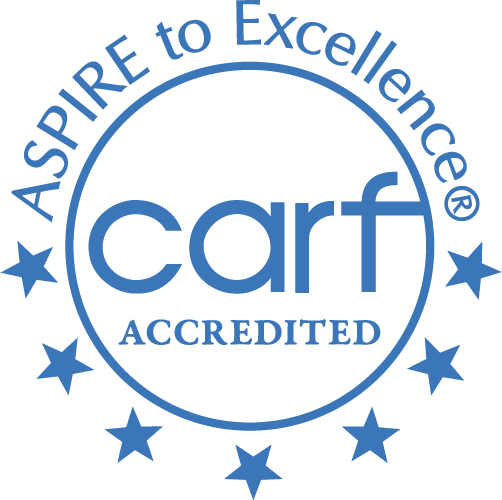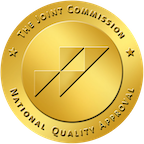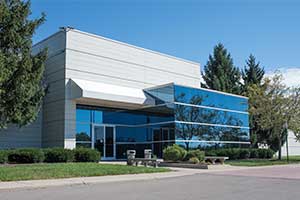Skip To Rehab Listing
Alcohol and Drug Recovery Facility Settings and Therapy Methods in Haskell, TX.
People in Haskell who have an alcohol and drug use problem have many local recovery programs from which they can choose like: long term drug and alcohol rehab programs, detox programs, short term addiction treatment centers, outpatient substance abuse treatment services, inpatient drug and alcohol rehab programs
In addition, people can pick from a range of approaches to their recovery in order to receive the most effective care, such as: dual diagnosis drug rehab, trauma-related counseling, contingency management/motivational incentive, couple/family therapy, trauma therapy, anger management
Special Programs for Substance Abuse Recovery
Alcohol and drug rehab centers in Haskell can also address a client's particular substance abuse treatment requirements through a range of special programs. These programs can consist of the following: social skills development, programs for the hearing impaired, legal advocacy, domestic violence, co-occurring mental and substance abuse disorders, clients with HIV/AIDS
Treatment Payment Options
The cost of alcohol and drug treatment can be a concern for many patients and their loved ones. That is why local drug and alcohol rehabs offer various payment options that cater to the varying financial situations of patients. Here are some of the payment types accepted by these rehab programs: private insurance, private pay, medicaid, medicare, sliding fee scale, state corrections or juvenile justice funds, access to recovery (atr) voucher
On many occasions, these centers will work with patients to identify the best payment method for their needs.
People who struggle with drug and alcohol addiction can get high-quality care in Haskell via a wide variety of rehabilitation programs, treatment methods, specialized programs, and payment options. The scope of choice makes drug and alcohol treatment possible for many local people in need.
Commonly Asked Questions about Addiction and Treatment
Can family members visit me if I go into a drug rehab program?
Yes, in many cases, family members can visit you if you go into a drug rehab program, but the specific policies regarding visitation can vary greatly from one facility to another. Here are some general points to consider:
- Initial Period of Adjustment: Many rehab programs have a period of adjustment when you first enter treatment during which visitors may not be allowed. This period allows you to focus on your recovery without external distractions.
- Scheduled Visitation Times: Most inpatient rehab centers have specific visitation hours or designated visitation days. It's essential to check with the specific facility to understand their policies.
- Family Therapy Sessions: Many rehab programs include family therapy as part of the treatment process. These sessions can be an opportunity for family members to engage in the recovery process and understand more about addiction and how to support their loved one in recovery.
- Rules and Regulations: Rehab facilities usually have rules and regulations for visitors to ensure the safety and well-being of all patients. For example, visitors may be asked not to bring certain items into the facility, like substances that could be misused or trigger cravings.
- COVID-19 Considerations: Due to the ongoing COVID-19 pandemic, some facilities may have restricted visitation policies to protect the health of their patients and staff. Be sure to inquire about any such restrictions.
Please note that the information provided here is general, and it's important to consult with the specific rehab facility you or your loved one are considering for accurate and up-to-date information about their visitation policies.
How can I get help for opioid addiction?
If you or someone you know is struggling with opioid addiction, seeking help is a crucial first step towards recovery. There are several resources and options available to assist you in overcoming opioid addiction:
- Consult a healthcare professional: Speak with a doctor, therapist, or counselor who is experienced in addiction treatment. They can assess your situation, provide guidance, and recommend appropriate treatment options based on your individual needs.
- Medication-Assisted Treatment (MAT): MAT combines medications like methadone, buprenorphine, and naltrexone with counseling and behavioral therapies to treat opioid addiction. These medications can help manage withdrawal symptoms, reduce cravings, and decrease the likelihood of relapse.
- Inpatient treatment programs: Inpatient or residential treatment programs provide intensive, structured care in a controlled environment. These programs typically offer medical detoxification, therapy, counseling, and support group meetings to address the physical and psychological aspects of addiction.
- Outpatient treatment programs: Outpatient programs provide therapy, counseling, and support while allowing individuals to continue living at home and attending work or school. These programs vary in intensity and duration, offering a flexible option for those who cannot commit to inpatient treatment.
- Support groups: Attending support group meetings, such as Narcotics Anonymous (NA) or SMART Recovery, can provide valuable peer support and a sense of community during the recovery process. These meetings allow individuals to share experiences, learn coping strategies, and receive encouragement from others who have faced similar challenges.
- Therapy and counseling: Individual, group, or family therapy can help address the underlying psychological and emotional issues contributing to opioid addiction. Cognitive-Behavioral Therapy (CBT), Dialectical Behavior Therapy (DBT), and Motivational Interviewing (MI) are among the evidence-based therapies that can be beneficial in the recovery process.
- Helplines and crisis lines: If you need immediate assistance or information about opioid addiction and treatment resources, consider calling a helpline, such as our own (877-882-9275), or the Substance Abuse and Mental Health Services Administration (SAMHSA) National Helpline at 1-800-662-HELP (4357) or your local crisis hotline.
- Online resources: Websites like the National Institute on Drug Abuse (NIDA), the American Society of Addiction Medicine (ASAM), and the Substance Abuse and Mental Health Services Administration (SAMHSA) provide a wealth of information about opioid addiction and treatment options. Online forums and communities can also provide peer support and shared experiences.
What are the causes of drug addiction?
-
Genetic predisposition: Research has shown that genetic factors can contribute to an individual's vulnerability to drug addiction. Certain genes may influence how a person's brain processes and reacts to drugs, making them more prone to addiction.
-
Brain chemistry: Drugs affect the brain's reward system by increasing the release of neurotransmitters such as dopamine and serotonin. This leads to feelings of pleasure and euphoria, which can reinforce drug-seeking behaviors and contribute to the development of addiction.
-
Environmental factors: Exposure to drug use in one's surroundings, such as through family members or friends, can increase the likelihood of experimentation and eventual addiction. Additionally, factors like high levels of stress, poverty, and a lack of social support can increase vulnerability to addiction.
-
Psychological factors: Emotional and mental health issues like depression, anxiety, and trauma can make individuals more susceptible to drug addiction. These issues can lead people to self-medicate with drugs in an attempt to cope, ultimately increasing the risk of addiction.
-
Early exposure: Experimenting with drugs at a young age can increase the likelihood of developing addiction later in life. The adolescent brain is still developing, making it more susceptible to the effects of drugs and the development of addiction.
-
Availability and accessibility: Easy access to drugs can increase the likelihood of drug use and addiction. When drugs are readily available in a person's environment, the chances of experimentation and continued use increase.














